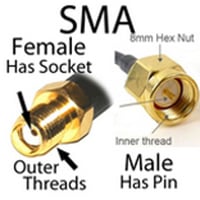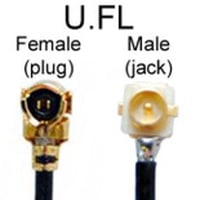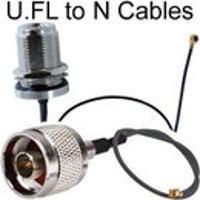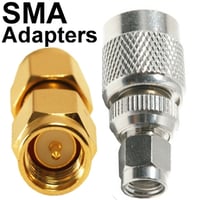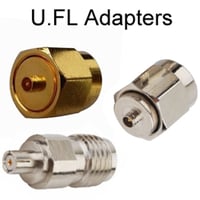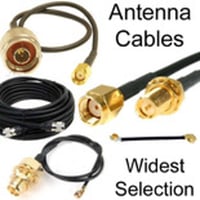Cable Glands / Enclosure Port Interfaces
Weatherproof Cable Glands:
Cable glands are the most secure and reliable method to securely weatherproof a cable entry point into an enclosure. Most are made of-of plastic; metallic (brass or stainless steel) glands are less common. Cable glands they feature a locking, and cable clamping mechanism. They are suitable for permanent cable entry and outdoor use.
Glands offer maximum ingress protection at cable entry points. They are inexpensive and relatively easy to fit, normally requiring no tools. Different sizes and shapes are available for more flexible applications. With the high IP ratings, glands are indispensable for use in cable entry into sensitive and delicate enclosed network devices. Glands can also be used to run cables through panels, boards, thin walls, and ceilings.
The Ethernet cable or antenna cable is fed into the enclosure through the gland, which is secured in place using two lock nuts on either side. A clamping screw, on the outer side of the clamp, is tightened to securely hold the cable in place. This seal is resistant to tugging and vibrations, eliminating cable breakage.
The clamped cable is sealed to a rating of IP66, IP168 or IP168 depending on thread density and material. This means an ingress protection from dust, low-pressure water jets and submerging in a water depth of 1.5 meters. Making them ideal for weatherproofing outdoor enclosure cable fittings.

